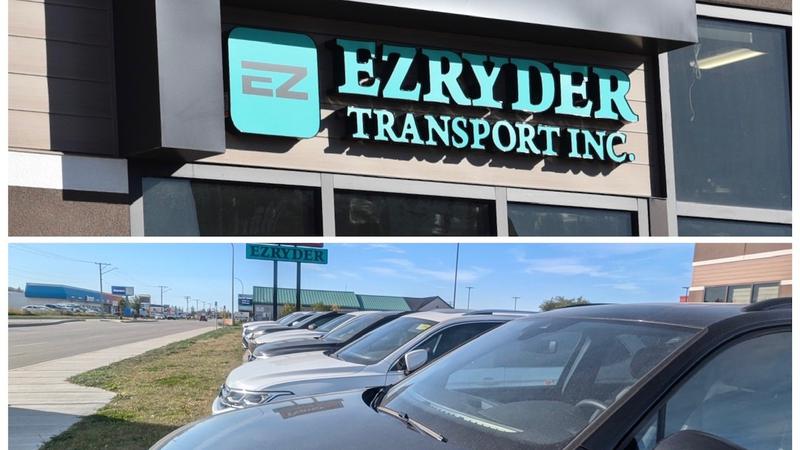
Fast-food franchises raising wages in tight labor market
The owner of two Tim Horton’s restaurants in Prince Albert is offering significantly more than minimum wage in an effort to fill vacant positions.
Minimum wage in Saskatchewan currently sits at $11.81, but Cheryl Sander is offering $16 per hour – a premium rate for an overnight shift. Her starting daytime wage is also above minimum at $14.10.
“It’s a tough labour market in Prince Albert. We don’t have the large number of candidates that say Saskatoon has — they have more people to choose from. So, I know after ten years in the business, if we can get good candidates starting a few dollars more an hour, it makes more sense than spending money having to train new people over and over again,” Sander told paNOW.
Bringing in foreign workers has also been a huge benefit for Sander. She said without them, she’d never be able to fill all her positions.


